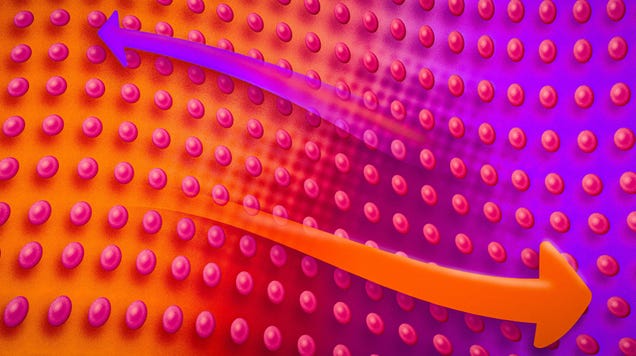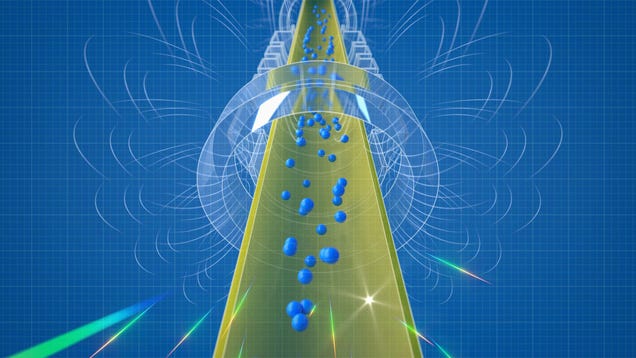

The big TV releases for 2024 are finally coming down the pike, and if it wasn’t already clear, this year’s theme is split between AI and displaying the most film-accurate picture for your home display. Samsung’s latest QLED and OLED TVs all emphasize their AI scaling tech, but no matter how much you try to make 4K…

A collision of two extraordinarily dense, collapsed stars in the distant universe is providing potential clues to the axion, a dark matter candidate first proposed half a century ago.

Despite keeping us grounded and warping light that travels through space, gravity is actually quite a weak force. The smaller the mass, the less gravity appears to have any pull, until at quantum scales it appears to have no force at all.

Physicists at MIT have spotted the second sound of a superfluid. Besides being pleasantly alliterative, the phenomenon may explain how heat moves through certain rare materials on Earth and deep in space.

Remember Matter? The smart home standard that was supposed to unify all gadgets in the connected home?

In the 95 years we’ve known about antimatter, physicists have not tested how the elusive inverse of ordinary matter is affected by gravity, the force that pulls masses to Earth and seems to affect all things in the classical realm.

When theoretical physicists like myself say that we’re studying why the universe exists, we sound like philosophers. But new data collected by researchers using Japan’s Subaru telescope has revealed insights into that very question.


